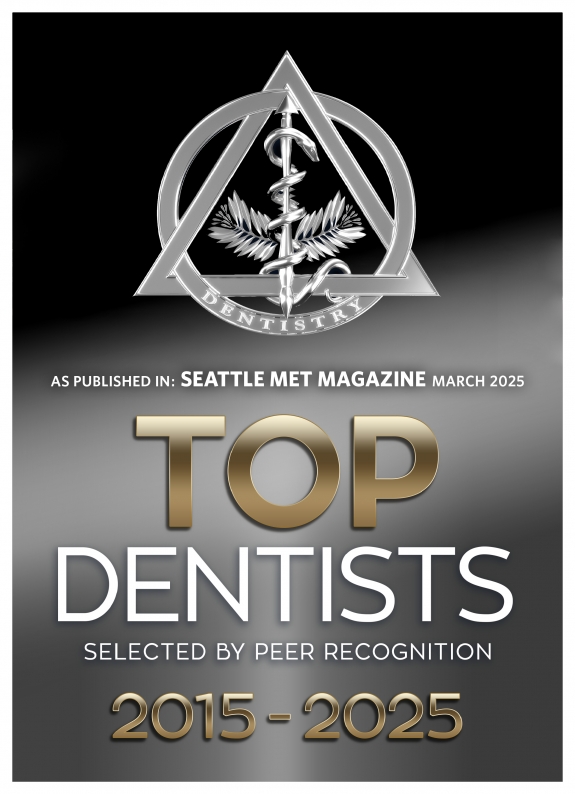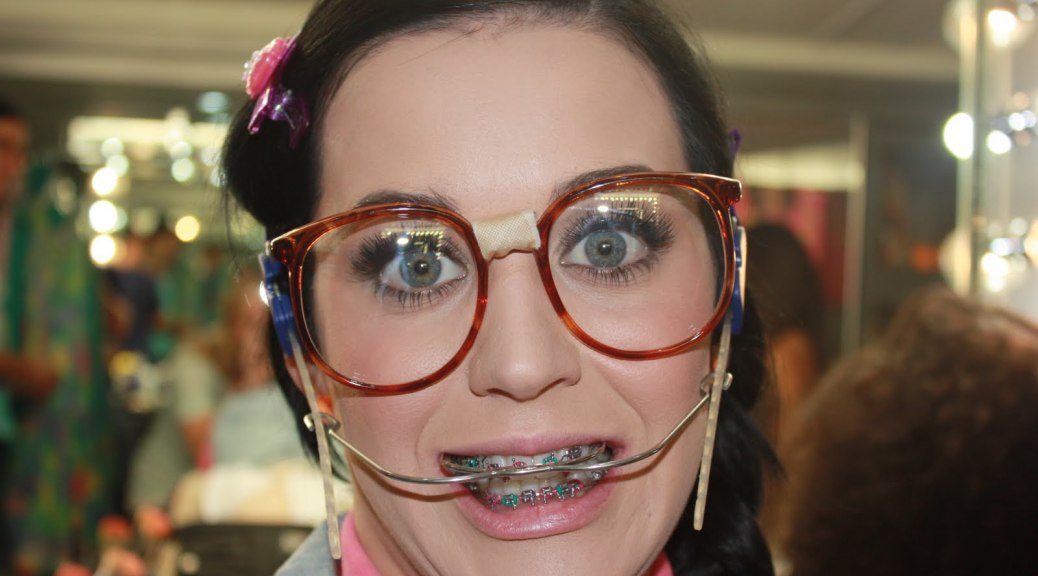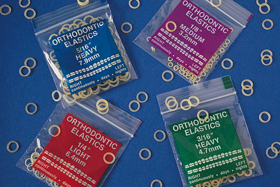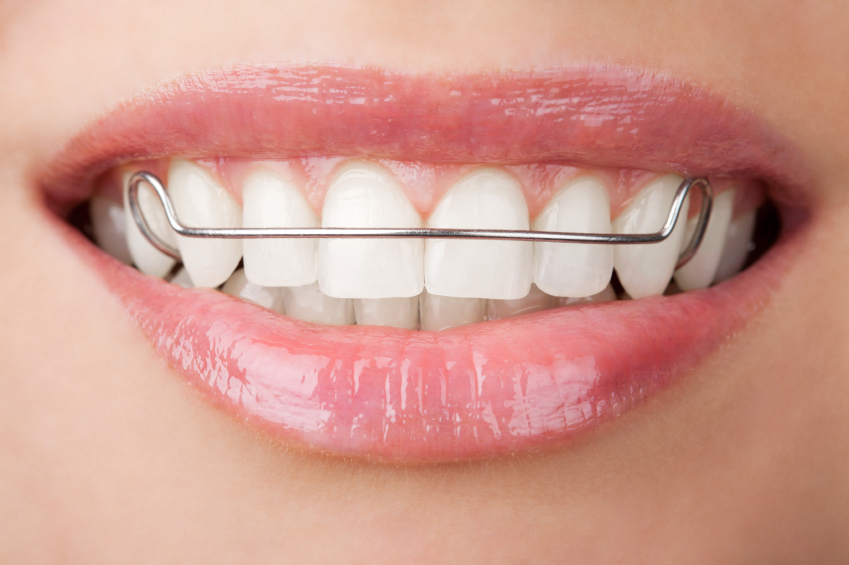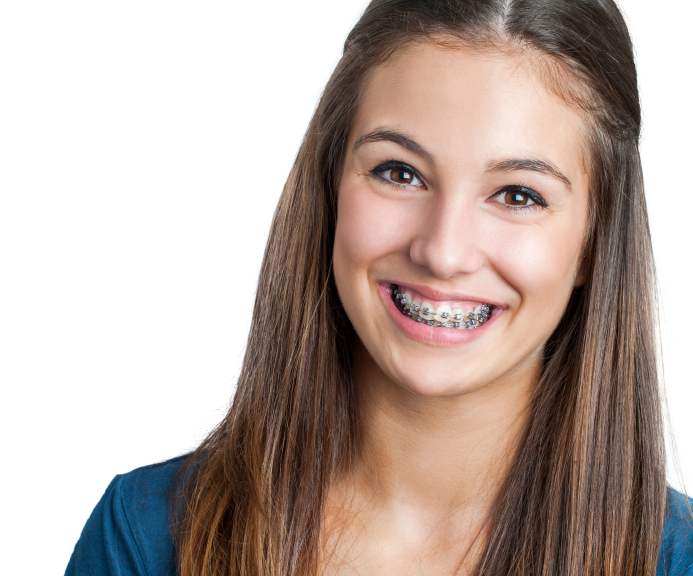Braces-Friendly Holiday Recipes
Now that the holiday season is in full swing, many of us are planning get-togethers with friends and family where plenty of food will be enjoyed and shared. While it may seem that there are so many delicious holiday foods off limits to those wearing braces, there are in fact many tasty food options you can enjoy while in orthodontic treatment. Our Seattle orthodontist Dr. Jorge Peralta along with his staff have put together some of our favorite braces-friendly holiday recipes we’d like to share with you.
Southwest Soft Taco Bake
Everybody loves tacos! This oven-baked taco casserole makes a great lunch and a perfect dish to take along to holiday get-togethers when meeting up with friends and family.
Ingredients:
1 pound ground beef
½ cup chopped green pepper
½ cup chopped onion
2/3 cup water
6 flour tortillas, cut in half
1 can (15 oz) Mexican style diced tomatoes
1 can (15 oz) refried beans
1 can (15 oz) corn, drained
3 cups shredded cheese
Directions:
Preheat oven to 350 degrees.
In skillet, cook beef, onion and green pepper over medium heat until meat is browned. Drain. Add water and taco seasoning. Simmer uncovered for 5 minutes, then add black beans, tomatoes and corn. Simmer for another 10 minutes.
Place four tortilla halves in bottom of lightly greased 13×9 baking dish. Spread half the refried beans on tortillas. Then spread half the beef mixture on top and sprinkle with 1 cup of cheese. Repeat layers and top with remaining tortillas and cheese. Cover with foil and bake for 25 to 30 minutes until heated through and cheese is melted. Serves 8 or 9.
Soft Gingerbread Cookies Dipped in White Chocolate
These soft and delicious cookies are great for taking along to holiday get-togethers. They also taste wonderful with a tall glass of cold milk or a hot cup of tea, coffee or cocoa.
Ingredients:
2 cups sugar
1½ cups canola oil
2 eggs
½ cup molasses
4 cups flour
4 teaspoons baking soda
1 tablespoons ground ginger
2 teaspoons cinnamon
1 teaspoon salt
2, 11-oz packages white chocolate chips
¼ cup shortening
Directions:
Preheat oven to 350 degrees. Combine sugar and oil in mixing bowl; mix well. Add eggs one at a time, beating well after each. Stir in molasses. Combine flour, baking soda, ginger, cinnamon and salt in a separate bowl. Gradually add the molasses mixture. Form dough into 1-inch balls and roll balls in sugar. Place 2 inches apart on ungreased cookie sheets. Bake for 15 to 20 minutes or until cookie springs back when lightly touched. Place cookies on wire racks to cool.
Melt white chocolate chips and shortening together in saucepan over low heat, stirring until smooth. Dip each cookie halfway into mixture, allowing excess to drip off. Place on waxed paper to harden. Makes about 7 dozen.
Holiday Meatballs
While others are enjoying solid meats which can be difficult to chew, you can dine on these tasty holiday meatballs that literally melt in your mouth.
Ingredients:
1 pound ground beef
½ cup Italian seasoned breadcrumbs
½ teaspoon garlic powder
½ teaspoon salt
½ teaspoon pepper
½ teaspoon Worcestershire sauce
1 tablespoon minced onions
1 tablespoon minced green pepper
½ teaspoon oregano
1 egg, beaten
Directions:
Preheat oven to 400 degrees. Combine all ingredients together, mix well using hands. Form 24 equally sized balls and place in lightly greased casserole dish. Bake for 20 to 25 minutes.
Enjoy the meatballs as they are or serve with mashed potatoes and soft cooked vegetables. These meatballs are also great when served with a smooth cheese or pasta sauce over angel hair pasta, topped with a bit of Parmesan cheese.







